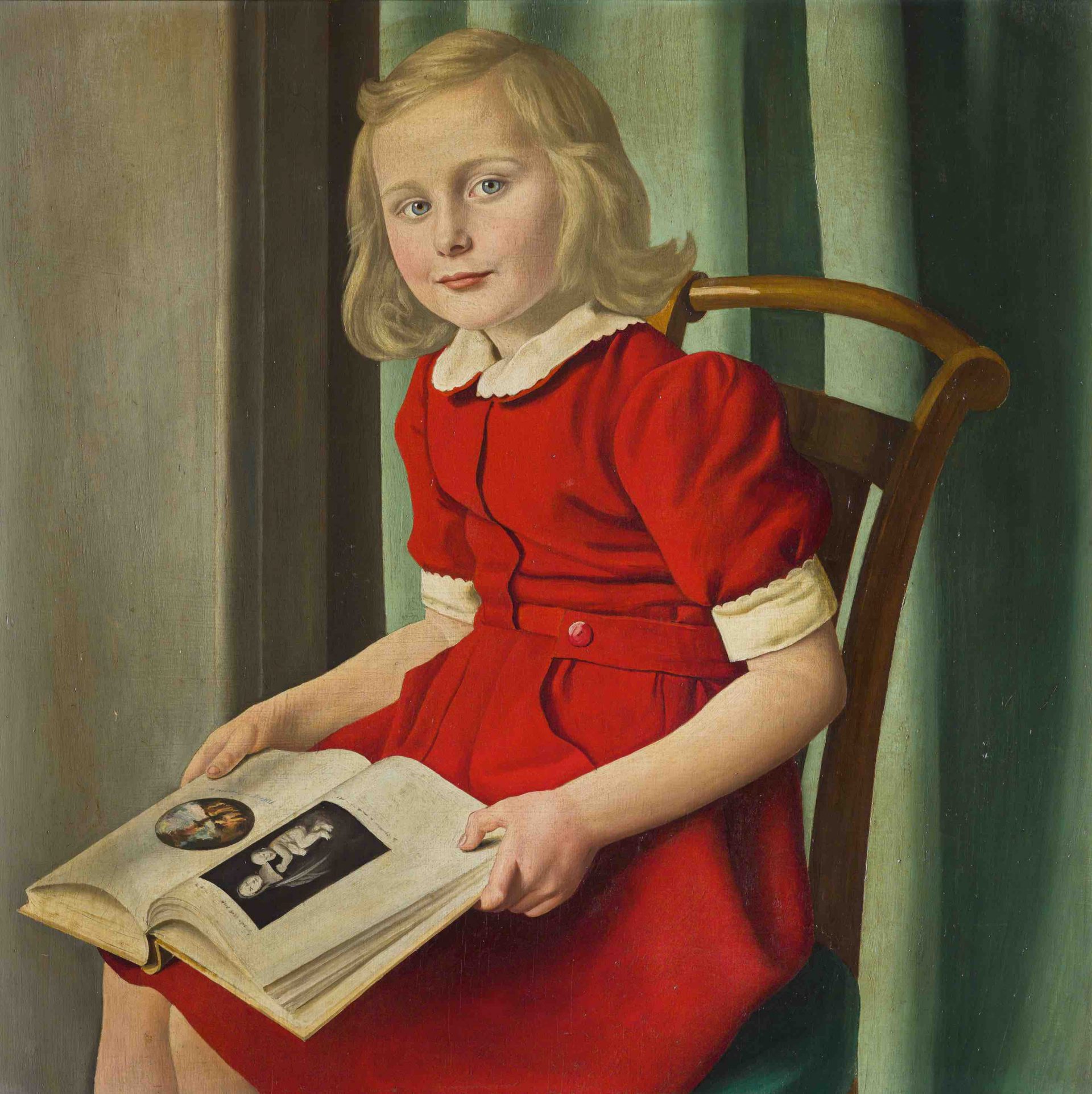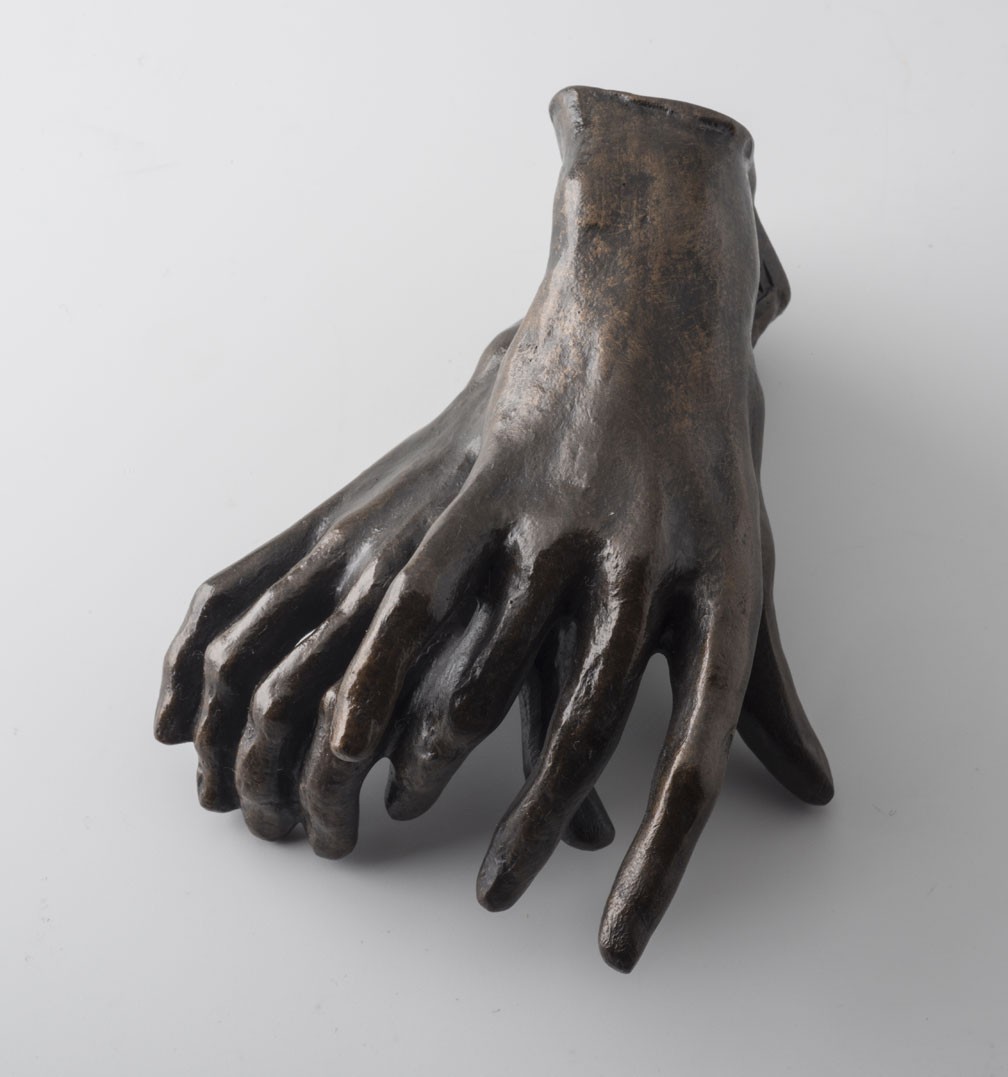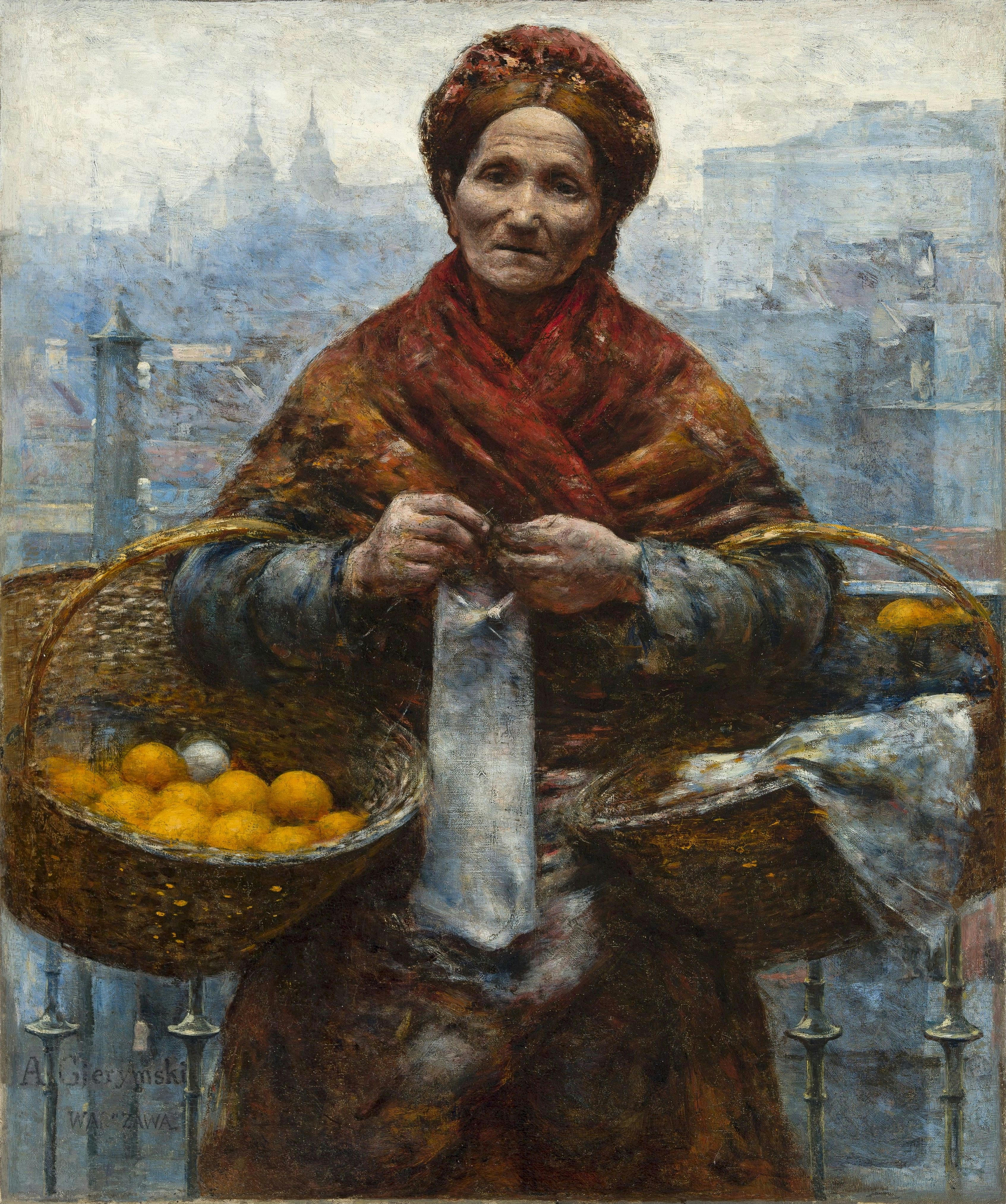Italian painter Ugo Celada da Virgilio (1895-1995) represented a real point of conjunction between Metaphysics, Magic Realism, New Objectivity and Novecento.
Ugo Celada was born in Mantua, in Cerese.
As a child he drew so well that he managed to convince his father to enrol him, at the age of only twelve, at the Royal School of Applied Art in Mantua, from which he passed, thanks to a scholarship, to the Brera Academy, where he particularly appreciated the lessons of the painter Cesare Tallone, the author of portraits painted with refined brushwork and of a remarkable expressiveness.








